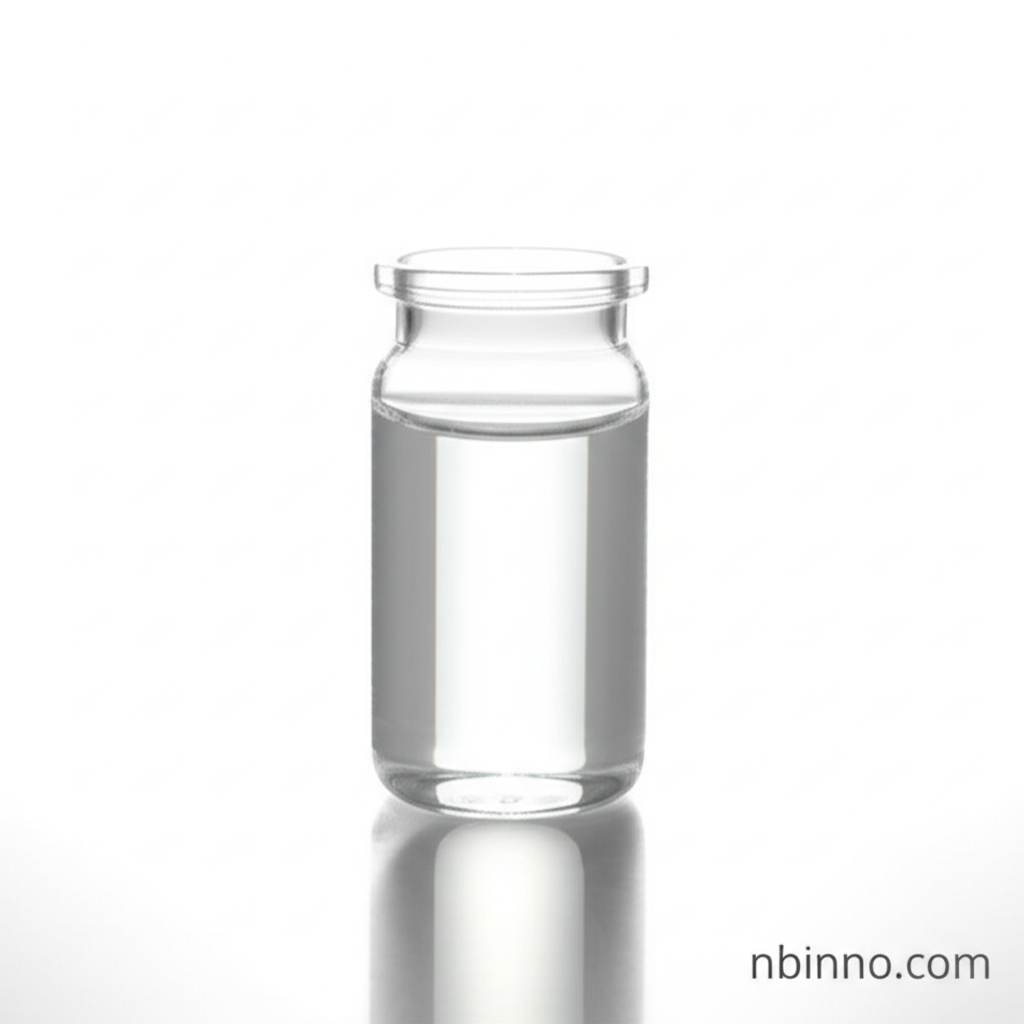Formic Acid (CAS 64-18-6): Properties, Applications, and Industrial Significance
Explore the multifaceted world of Formic Acid, a vital organic compound with a rich history and widespread industrial impact. Discover its unique properties and crucial role across various sectors.
Get a Quote & SampleProduct Core Value

Formic Acid
Formic Acid, the simplest carboxylic acid, plays a pivotal role in numerous industrial processes. As a key chemical intermediate and functional additive, it is valued for its acidic, reducing, and biocidal properties. We are a trusted supplier in China, offering high-purity Formic Acid to meet diverse manufacturing needs.
- Formic acid chemical properties are defined by its structure as the simplest carboxylic acid, making it a versatile reagent in organic synthesis and industrial applications.
- The CAS 64-18-6 uses are extensive, ranging from leather tanning and textile dyeing to preservation in animal feed and its application as a cleaning agent.
- Understanding the formic acid manufacturing process is key to appreciating its industrial availability and cost-effectiveness for various downstream products.
- As a leading manufacturer in China, we ensure the consistent quality and supply of Formic Acid, supporting critical industries with reliable chemical solutions.
Key Advantages of Formic Acid
Versatile Applications
The broad spectrum of formic acid industrial applications, from textiles to agriculture, underscores its importance as a foundational chemical.
Natural Origin and Biodegradability
Naturally produced by ants and other insects, formic acid is recognized for its biodegradability, aligning with green chemistry principles for sustainable industrial practices.
Cost-Effective Production
Efficient industrial production methods ensure that Formic Acid remains a cost-effective raw material, making it accessible for large-scale manufacturing and diverse formic acid uses.
Key Applications
Leather Tanning
In the leather industry, Formic Acid is essential for preparing skins and controlling pH during tanning, contributing to the quality and durability of leather products.
Textile Processing
Formic acid serves a critical role in textile dyeing and finishing, helping to fix dyes and neutralize alkaline conditions in wastewater.
Animal Feed Preservation
As a preservative and acidifier in animal feed, Formic Acid improves gut health, feed efficiency, and protects against pathogen growth, as noted in its use as an animal feed additive.
Cleaning Agents
Its descaling and biocidal properties make Formic Acid a valuable component in household and industrial cleaning formulations.
